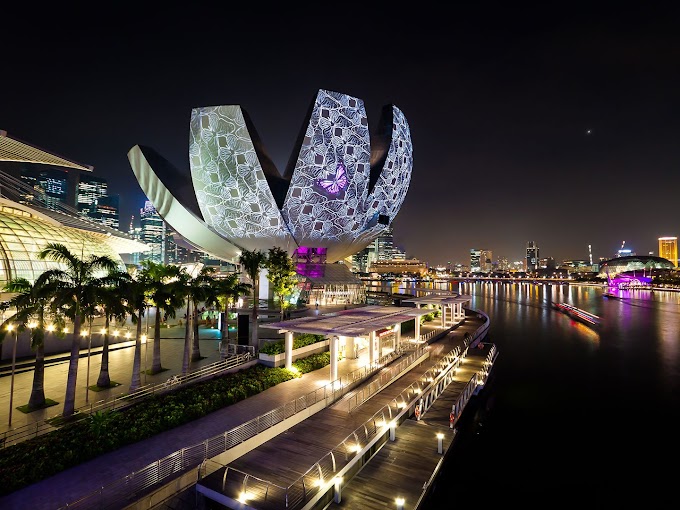In Southeast Asia, Singapore is a pioneer country in the organization of F1 races. The race was held here for the first time in 1961 as the Grand Prix of the Eastern Year. This race was later changed to the Malaysian GP, before the official name of the Singapore Grand Prix in 1965.
At that time, the Singaporean authorities had toyed with the intention of building an F1 racing circuit, but the ground conditions revealed many problems. Finally, the organizers decided to create a running track in the streets around Marina Bay. The runway whose name was named Marina Bay Street.
The first and "best" race in Southeast Asia
Singapore F1 racetrack is located in the city center, surrounded by iconic Singapore buildings. Around the track, hundreds of restaurants, resorts, entertainment, hotels, shopping centers, and metro stations are present.In 2007, Singapore officially hosted an F1 race and, more specifically, it became one of the few races organized at night. Accelerator screwdrivers under the light of modern high-pressure lighting are installed along the track.
To prepare the 3 main racing days, the logistics team of 4000 people must prepare continuously for 5 months. The Marina Bay run is 799,000 m2 (equivalent to 80 football fields).
The track is also 5,063 km long with 24 turns (10 on the right and 14 on the left). As a street race, Singapore - with Monaco - has the lowest speed. Although the highest speed of F1 cars can reach around 300 km / h, the average speed here is only 175 km / h.
This year's Singapore Grand Prix (2018) took place on September 15 and was officially added to the F1 map for 10 years.
Epic music and high costs
The F1 race in Singapore is one of the most famous racecourses in the world and is the pride of Southeast Asia.Singapore has to spend around 150 million USD (60% paid by the government) to organize the F1 race in 3 days. In particular, it is the only country organized in the street and at night.
In order to attract tourists, the organizers also invited many famous singers to come. Many great music stars around the world like Adam Lavine and Maroon 5, singer Rihanna or famous singers Jennifer Lopez, John Legend, Ziggy Marley, Robie Williams ... have gathered here over the years.
Spending a lot, but the benefits that F1 racing brings to Singapore are also quite significant, namely contributing to the country's tourism industry. According to the Straits Times newspaper, in September 2017, Singapore's Minister of Commerce and Industry, S. Iswaran, said that F1 had helped the country attract more than 450,000 international visitors, generating revenues of up to 1 $ 5 billion.
"Difficult" race track in the city
A peculiarity of the Singapore Grand Prix, also known as Marina Bay Street, is that the track does not require high engine power, but requires the steering and control techniques of the pilots.The turns on the track are located close to each other, distributed evenly over the entire length of the race so that the runners constantly increase and decrease the gas and adjust properly.
In addition, tight turns also put a lot of pressure on the brakes and cooling. There is no right turn, but having to brake constantly means that the brakes may not be able to maintain cooling and engineers must be very careful about this factor.
Similar to the Monaco racetrack, the riders don't have many opportunities to overtake the opponent here. The most likely chance is at the 90-degree corner 7, which is just at the end of the longest line.
The corners 23 and 24 are two continuous left corners, the conductors must handle correctly to reach high speed on the straight line thereafter.







0 Nhận xét